Fourteen Weird and Obscure Gaming Consoles That Inevitably Failed
PocketEpiphany
Published
06/11/2021
in
facepalm
When someone says “video game console,” chances are you think about something like a Switch, PlayStation, or Xbox. But for every mainstream successful system, there are several weird failures.
What are the strangest, weirdest failed consoles of them all? Keep reading to discover the definitive list.
What are the strangest, weirdest failed consoles of them all? Keep reading to discover the definitive list.
- List View
- Player View
- Grid View
Advertisement
-
1.
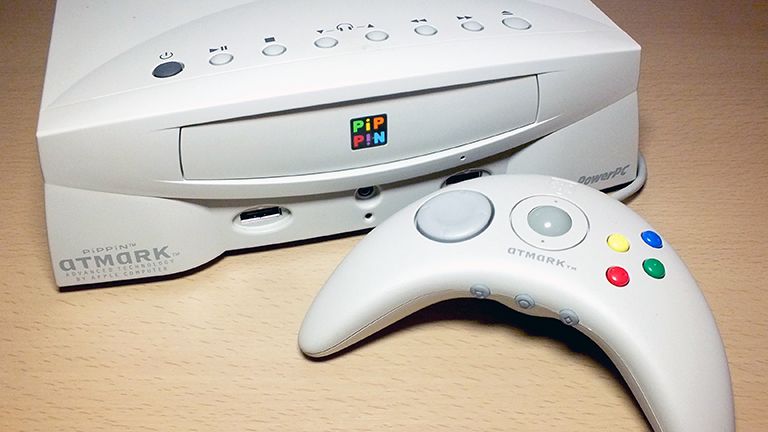 Apple Pippin
Apple Pippin
Considering the sheer number of iPad games and the existence of Apple Arcade, you might be wondering why Apple never made its own game system. As it turns out, they did!
Apple released the Pippin half a decade before Microsoft released the original Xbox. It was made in conjunction with Bandai, but Apple seemingly gave up on the system as soon as it released. This weird system only had 23 games before it went belly up. -
2.
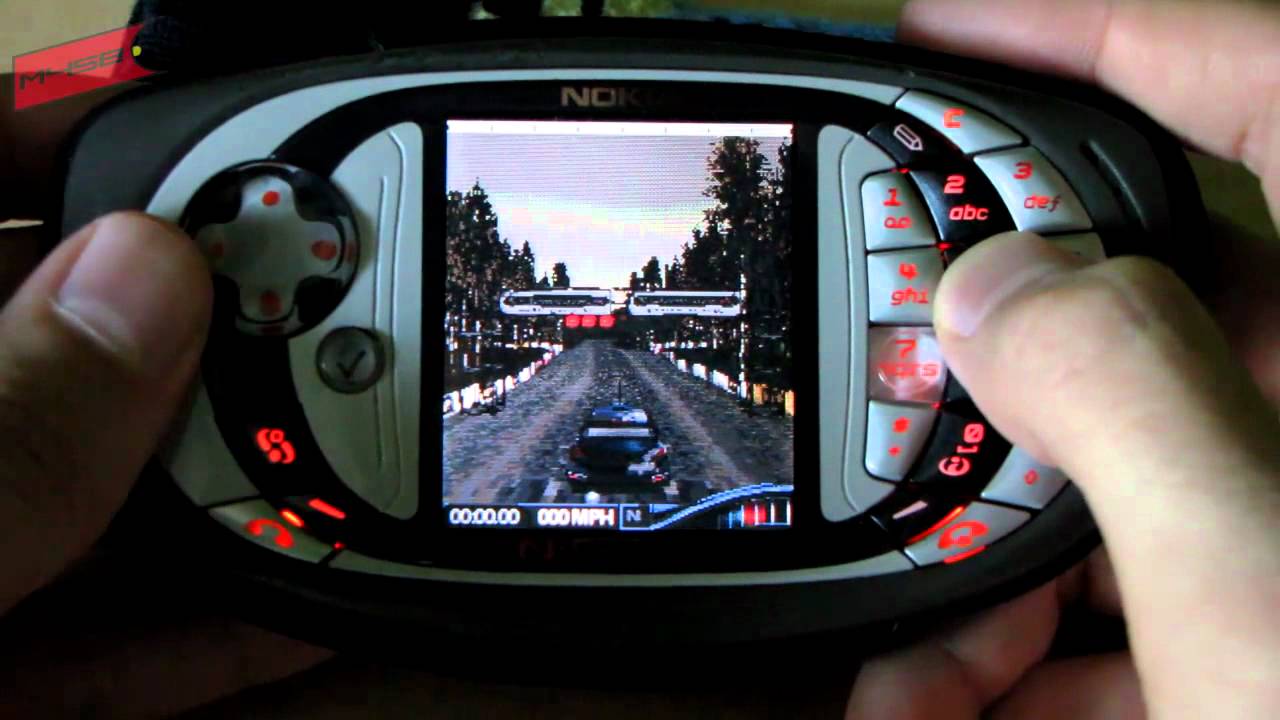 Nokia N-Gage
Nokia N-Gage
In 2003, proper smartphones were still a few years away. And that meant that the Nokia N-Gage looked impressive because it was a portable console and cellphone rolled into one.
However, it could never really compete with the existing handheld market. With just over 50 games released and only about two million units sold, the N-Gage faded into obscurity. And a few short years later, playing games on our iPhones and other smartphones would become the norm. -
3.
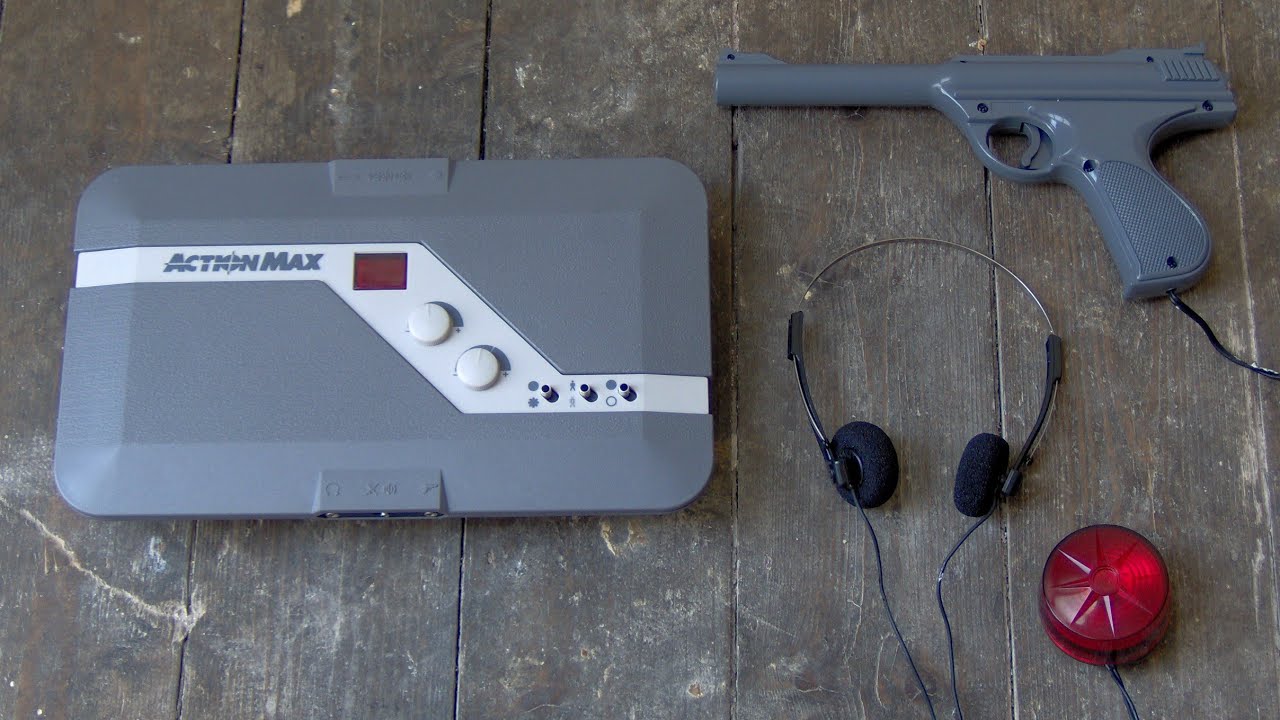 Action Max
Action Max
Ever heard of the Action Max? This is an all-lightgun “console” that was really just an accessory for your VCR.
It allowed players to shoot at targets thanks to a sensor you attach to the TV. It’s fun for about five minutes, which is probably why the system only released five games and then quietly died. -
4.
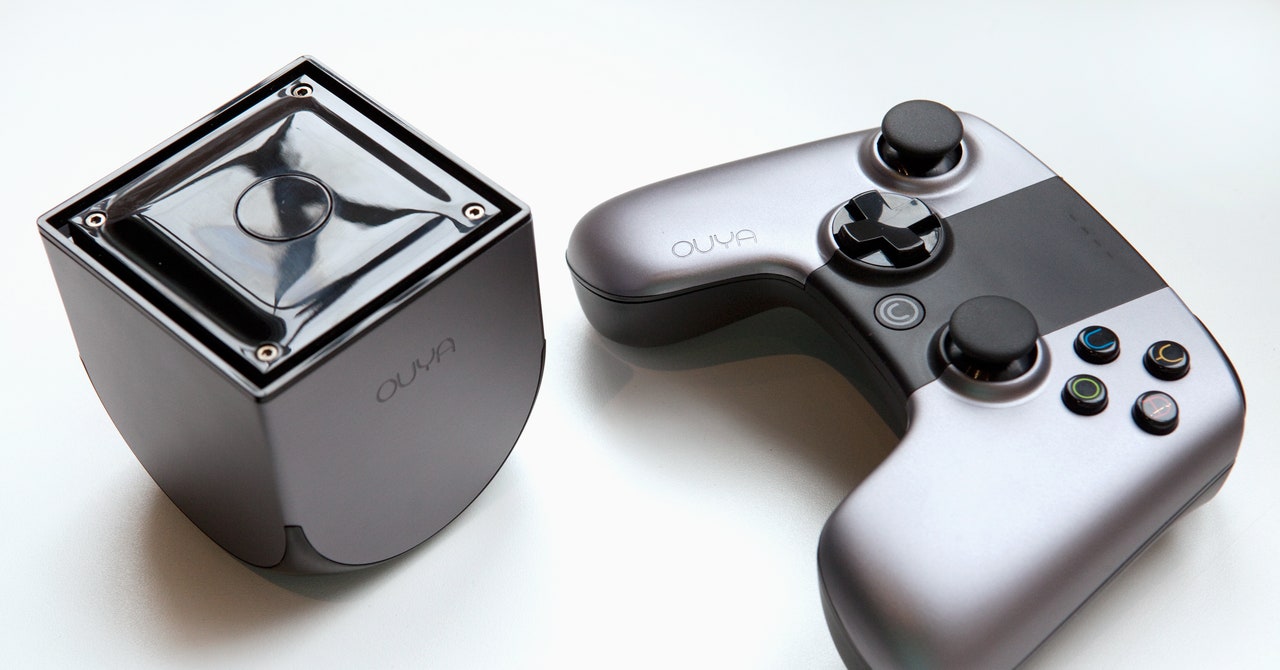 Ouya
Ouya
The Ouya really did look promising. It had a phenomenal Kickstarter success story, and the idea of making a cheap Android-based gaming device seemed like a good one.
Unfortunately, the hopes for the Ouya centered on indy devs releasing a ton of cool homemade games. That never happened, making this system an expensive paperweight in a time when PS3 and Xbox 360 remained supreme. -
5.
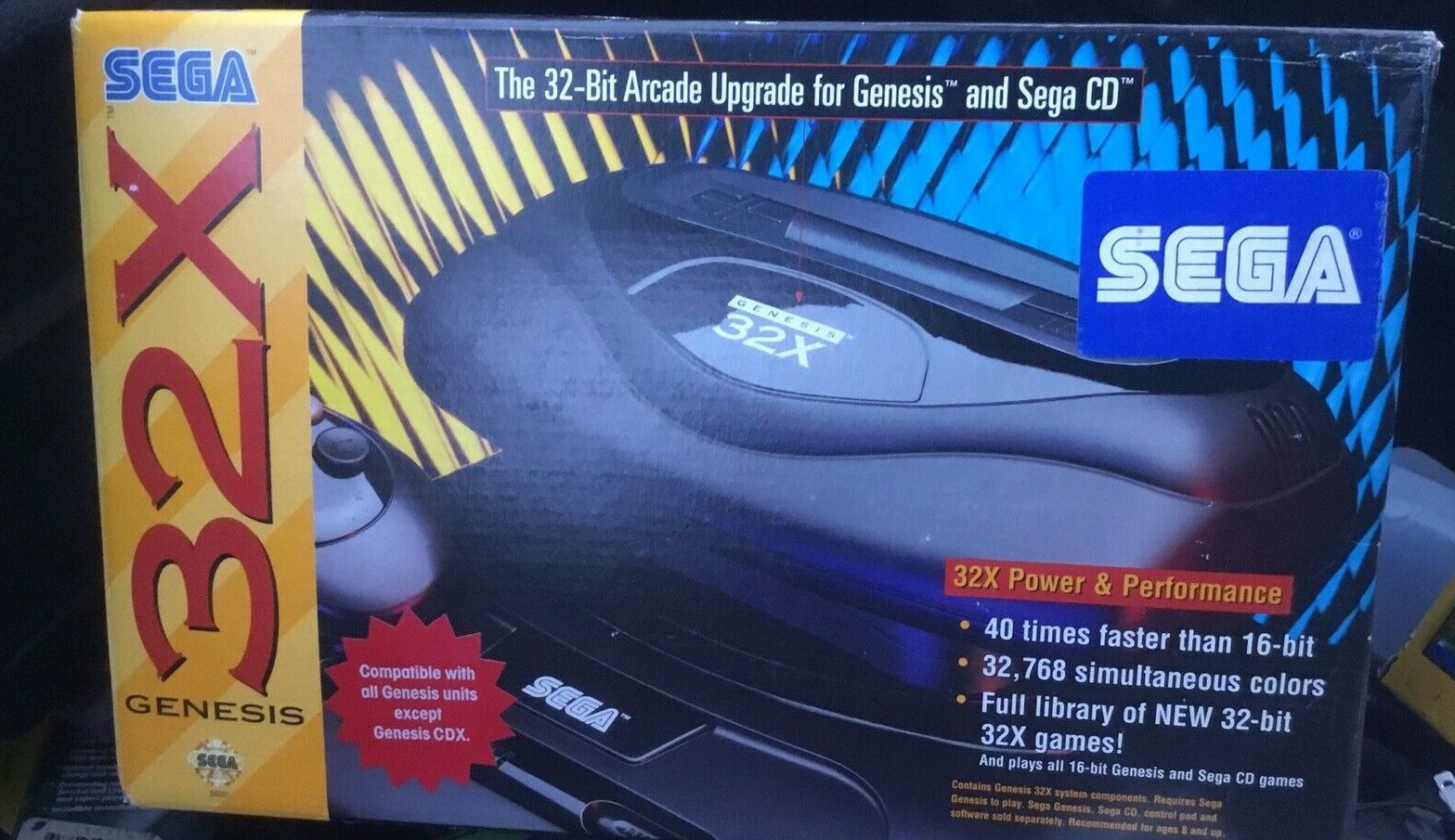 Sega 32x
Sega 32x
There were so many reasons that the Sega 32x failed, including its really awful library of games. But perhaps the biggest reason was Sega’s bad timing in releasing it.
Basically, the system was a shameless way to keep people playing the Sega Genesis by offering a next-gen add-on. But gamers knew damn well that things like the PlayStation and Saturn were around the corner.
Even if you were a Sega fanboy, the Saturn came out less than a year after the 32x. Whether it was your own money or your parent’s money, it was better spent on actual next-gen systems than this horrific add-on to a 16-bit system. -
6.
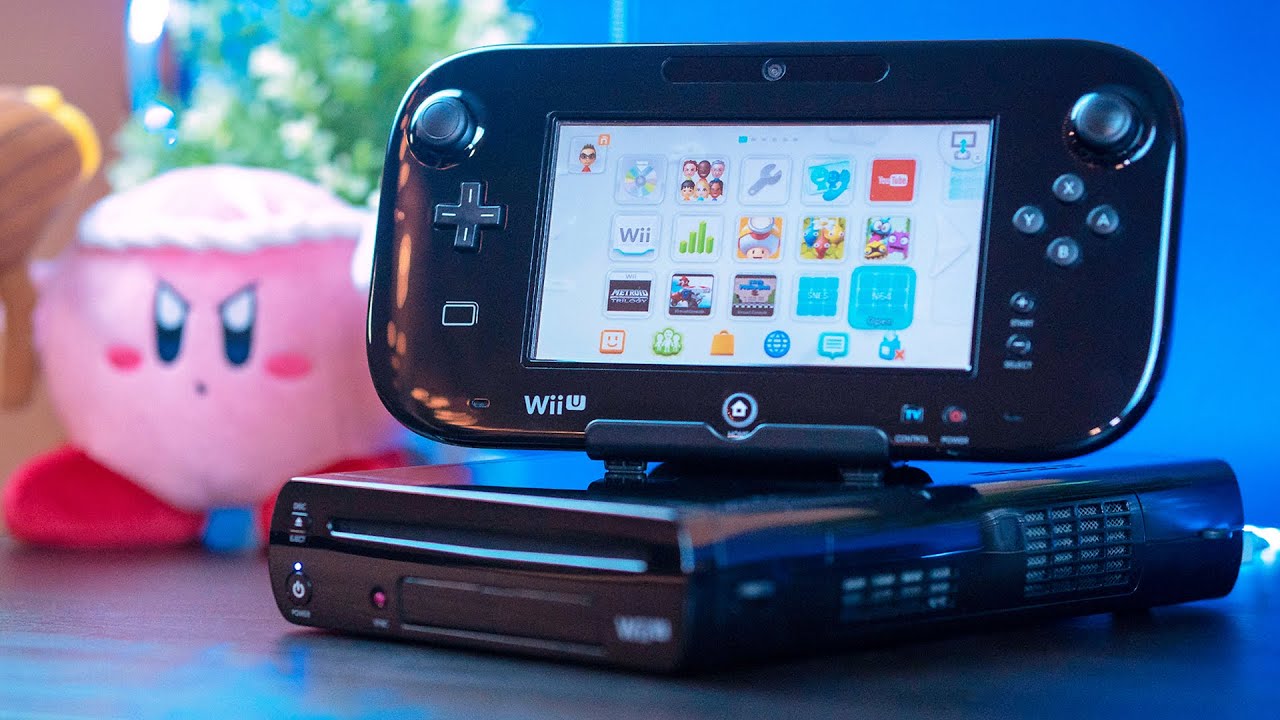 The Wii U
The Wii U
The failure of the Wii U remains a bit surprising. Nintendo took the unprecedented worldwide success of the Wii and gave us a clunky and confusing successor system.
Its touchscreen was cool in theory, but really difficult to use. And difficult to develop for: game devs struggled to take advantage of this cool new feature.
And the name itself was confusing. The same older non-gamers that loved playing around with the original Wii weren’t sure if this was a new system or not. And face it: that damn touchscreen was never as cool as the Wiimotes. -
7.
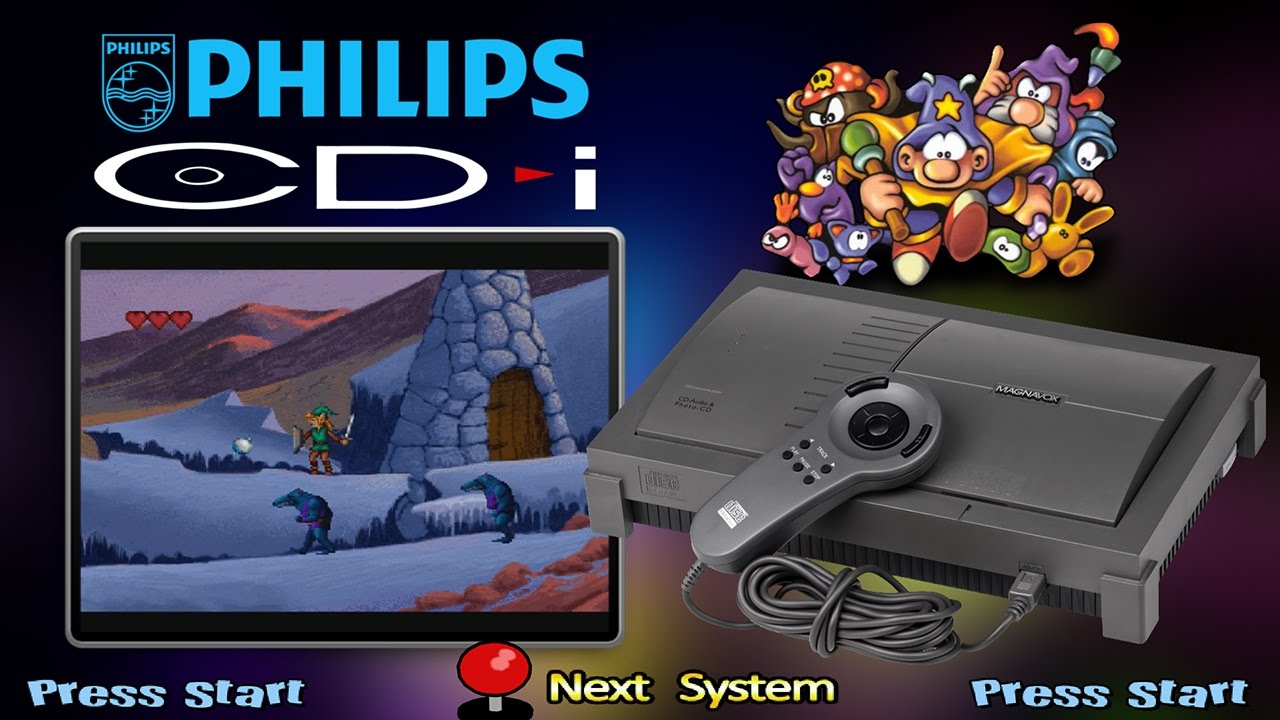 Philips CD-i
Philips CD-i
These days, the Philips CD-i is mostly remembered in the form of memes. And those memes mostly center around their insane Mario and Zelda games.
But we should probably give this system props for being so far ahead of its time. It played CDs, games, and offered online functionality. Pretty impressive for a system that came out back in 1990!
The game library was limited, though. And in 1994, EGM noted that the games on this system couldn’t really compete with the games for the Sega CD. That tells you everything you need to know about why it failed. -
8.
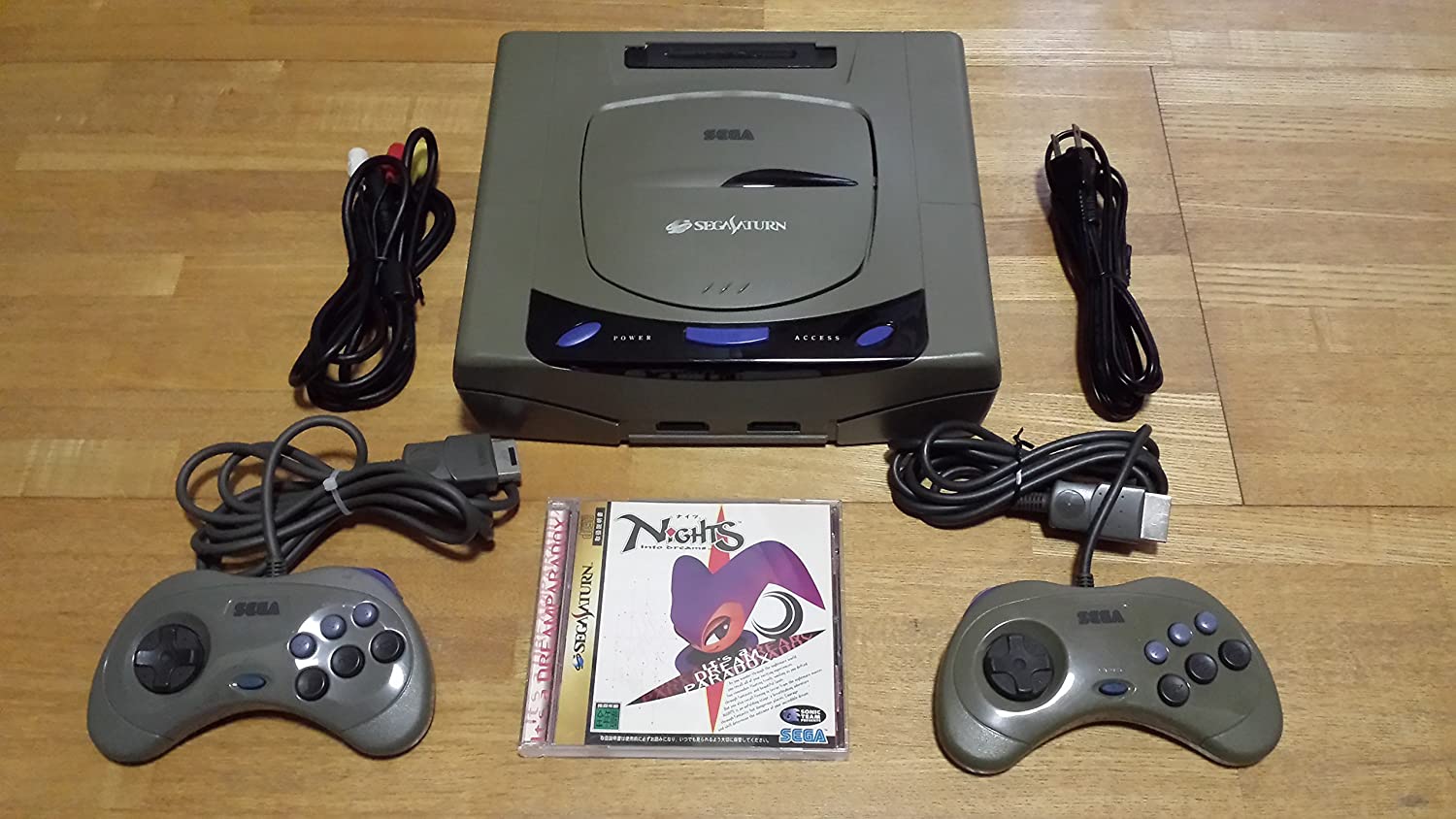 Sega Saturn
Sega Saturn
To this day, the failure of the Sega Saturn is painful to think about, especially for Sega fans. The hardware was good, and the system actually produced quite a few good games.
However, Sega famously shot themselves in the foot by rushing the system out, surprising gamers at E3 by saying the system was already available to buy. But only certain retailers had systems, which pissed off gamers and alienated retailers who didn’t get systems to sell.
And the whole point of Sega’s surprise announcement was to get the jump on Sony before the PlayStation came out. But after Sega’s announcement that the Saturn was now available to buy, PlayStation lead Steve Race grabbed the microphone and simply said “$299.” Sony’s system would be a full $100 less than the Saturn, sealing its fate forever. -
9.
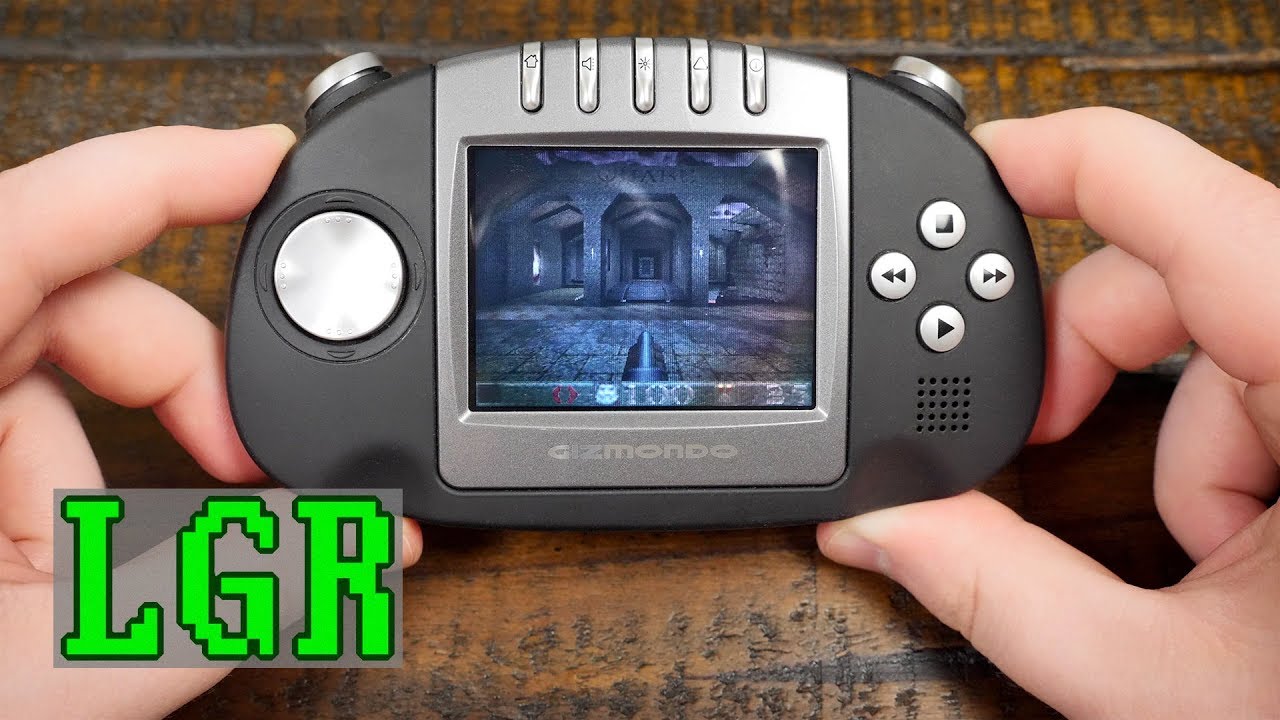 Gizmondo
Gizmondo
The Gizmondo actually came out in 2005. Which is too bad, because it might have been impressive if it came out ten years earlier!
This Tiger Telematics console had a small screen, uncomfortable buttons, and only about 14 games. It ended up putting the company $300 million in debt. It’s almost like gamers didn’t want a portable system where the best game was something called Sticky Balls. -
10.
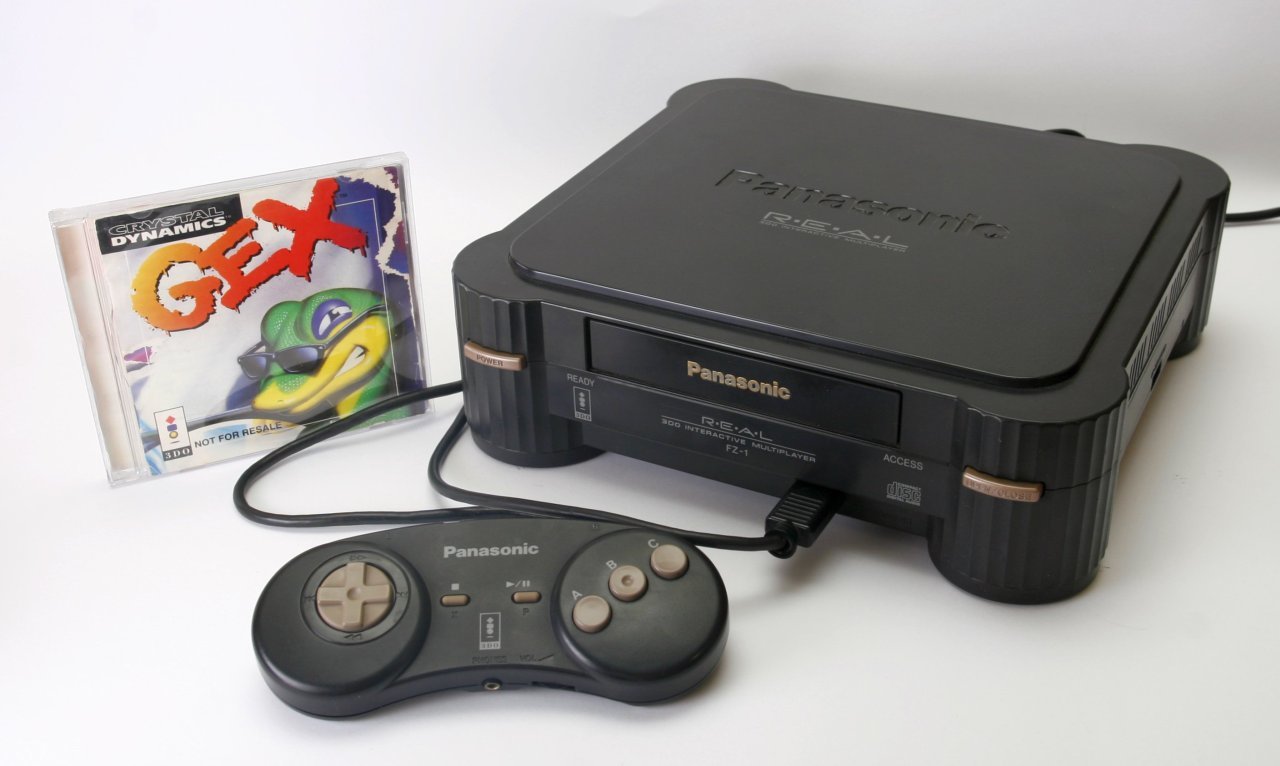 The 3DO
The 3DO
When the 3DO came out in 1993, the actual tech inside looked great. But it only launched with a single crappy game, and it never did get that many titles for its short (about three years) lifespan.
What really doomed the console, though, was the insane price tag. It cost $700 in 1993. Adjusted for inflation, that would be about $1,294 dollars in today’s money. For that much money, you could buy a new Xbox, new PlayStation, and a Switch Lite and have some money left over! -
11.
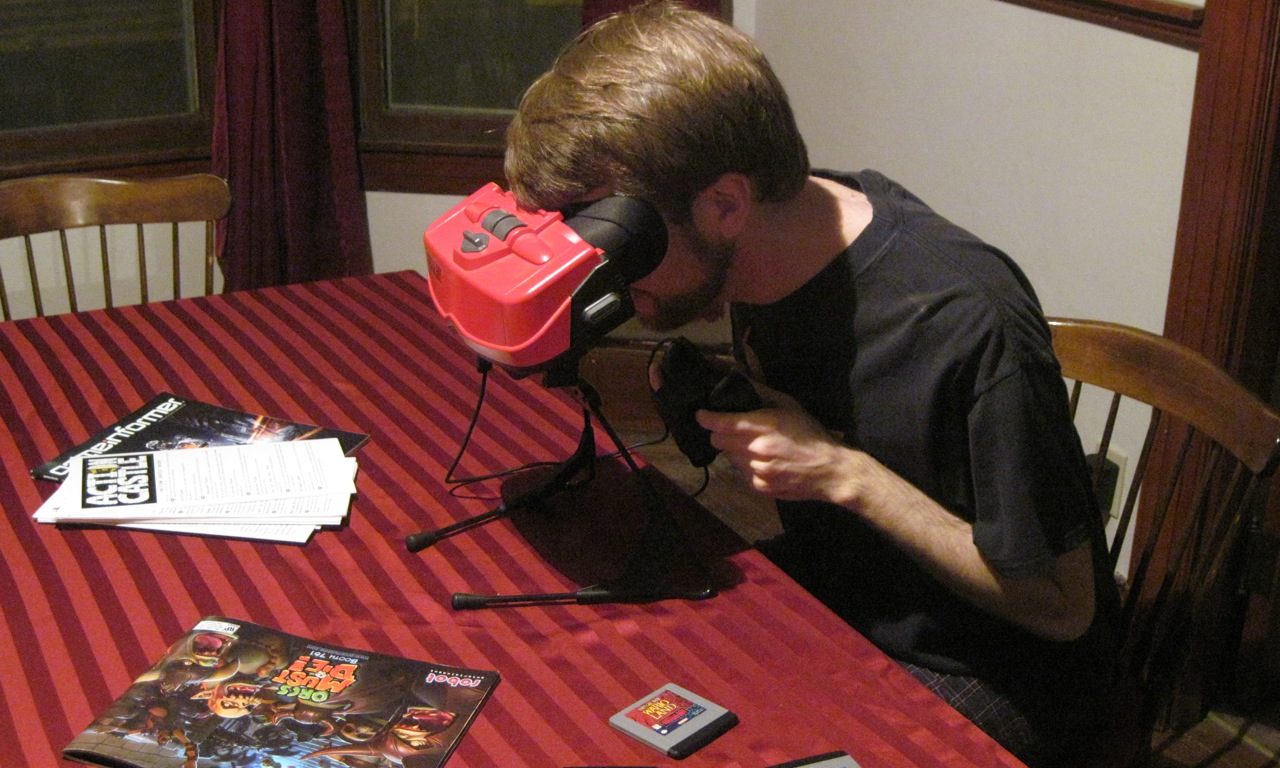 The Virtual Boy
The Virtual Boy
What can we say about the Virtual Boy that hasn’t already been said? Nintendo basically predicted the future of gaming (in this case, virtual reality) and then tried to make that future happen in the worst possible way.
It was a portable system that wasn’t really portable. It was a new Nintendo system that only had two colors, making it feel like a throwback to the original Game Boy. And it was a Nintendo system with very few cool first-party titles.
Throw in the headache-inducing headset and you have a system that remains Nintendo’s greatest failure. -
12.
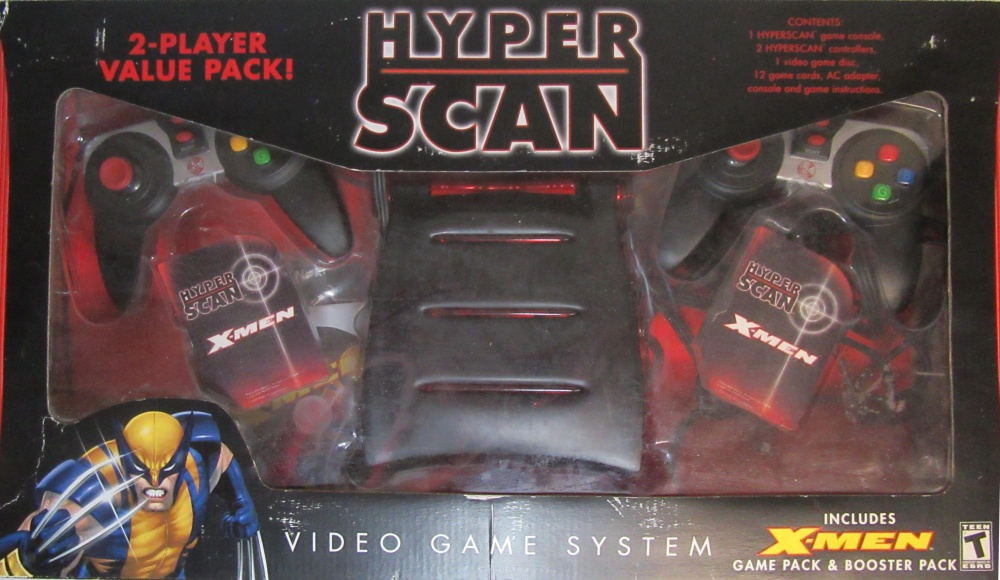 HyperScan
HyperScan
The HyperScan is a super-obscure and super-awful system most gamers only know of because it was featured on the Angry Video Game Nerd. It came out in 2006 and tried to compete with the PS3, Xbox 360, and the Wii using the world’s worst possible gimmick.
Players had to buy booster packs of cards to scan for new characters, special abilities, and so on. It’s the same “buy more to play more” model that would make Skylanders and Disney Infinity successful.
But the scanning was terrible, the games laughable, and the whole experience was like playing Street Fighter II but you had to buy booster packs until you finally got a Hadoken card that wouldn’t actually scan. -
13.
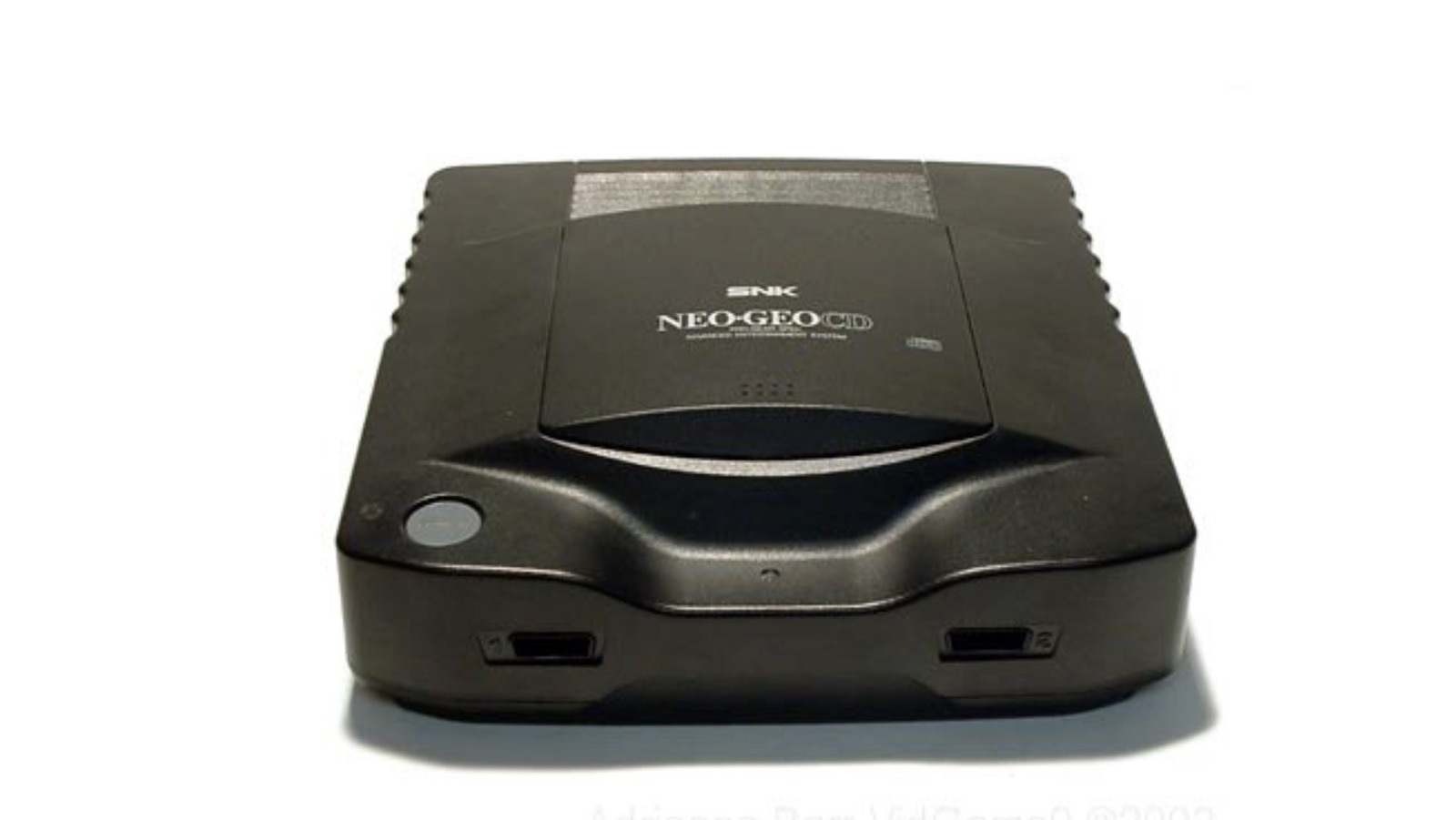 The Neo Geo CD
The Neo Geo CD
The real problem with the Neo Geo CD was this: it was a solution to a problem that nobody was really experiencing.
In theory, the CD aspect would help SNK compete with emerging technology like the Sony PlayStation. But the crappy controller couldn’t hold a candle to the intuitive PlayStation controller. And the bulk of the limited game library was just Neo Geo ports that now loaded much, much slower than they did on the original cartridges. -
14.
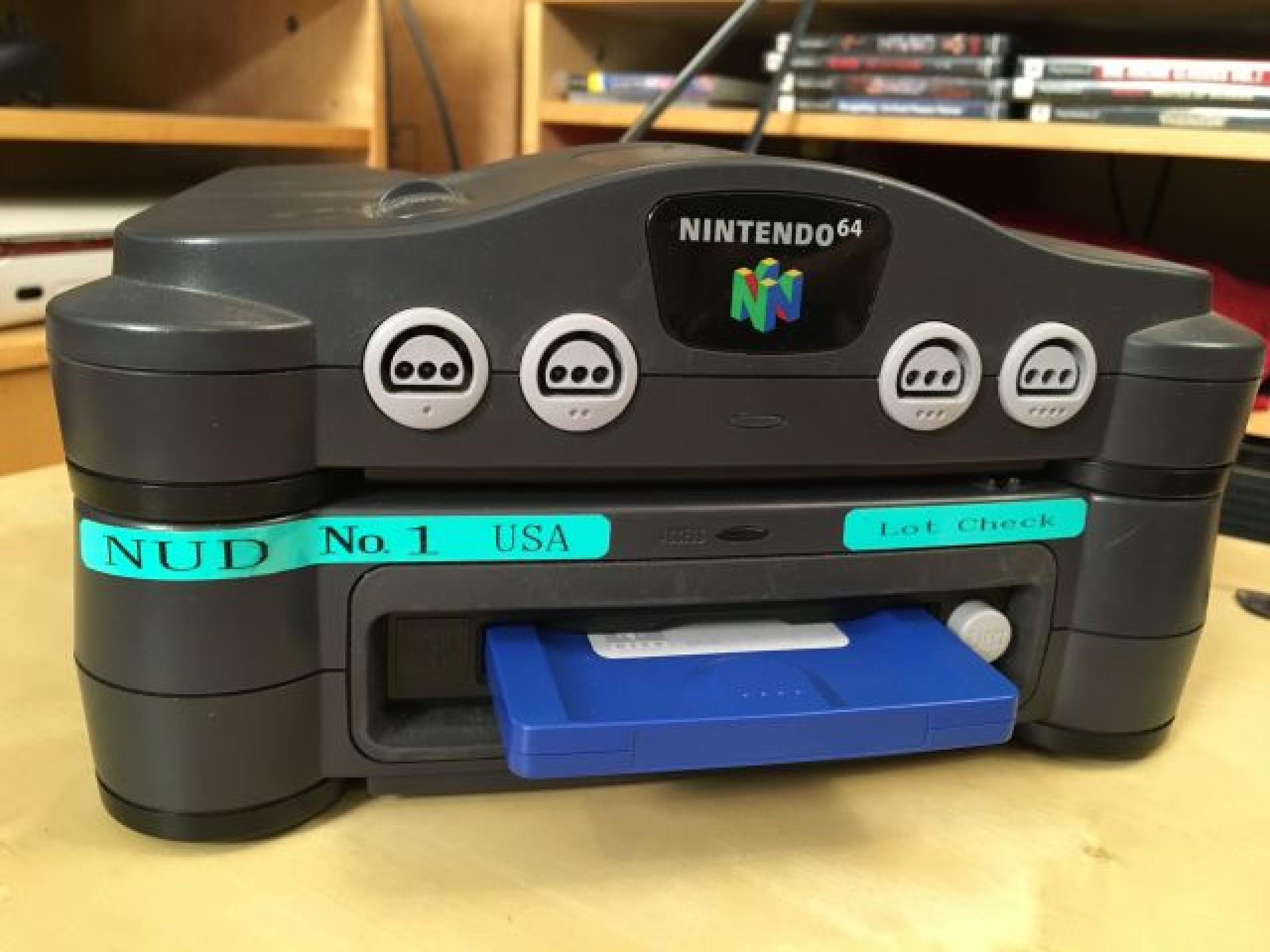 Nintendo 64DD
Nintendo 64DD
By going with the cartridge format, Nintendo put severe limitations on the N64. And the 64DD add-on was an attempt to get around some of those limitations.
On paper, it sounded great. The 64DD added extra space and cool functionality that ranged from online play to planned (but unreleased) emulation of NES games. But only a handful of crappy games ever came out, the online bit was disappointing, and this add-on was effectively the nail in the coffin for the N64.
- NEXT GALLERY
-

- 40 Interesting Facts Most People Don't Know
Apple Pippin
Considering the sheer number of iPad games and the existence of Apple Arcade, you might be wondering why Apple never made its own game system. As it turns out, they did!
Apple released the Pippin half a decade before Microsoft released the original Xbox. It was made in conjunction with Bandai, but Apple seemingly gave up on the system as soon as it released. This weird system only had 23 games before it went belly up.
14/14
1/14



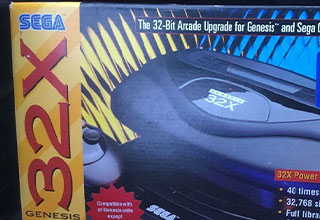


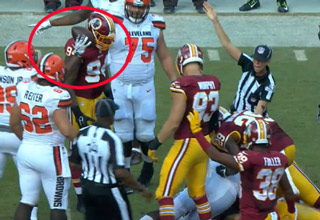
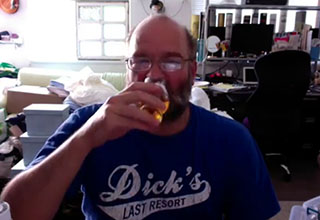
3 Comments